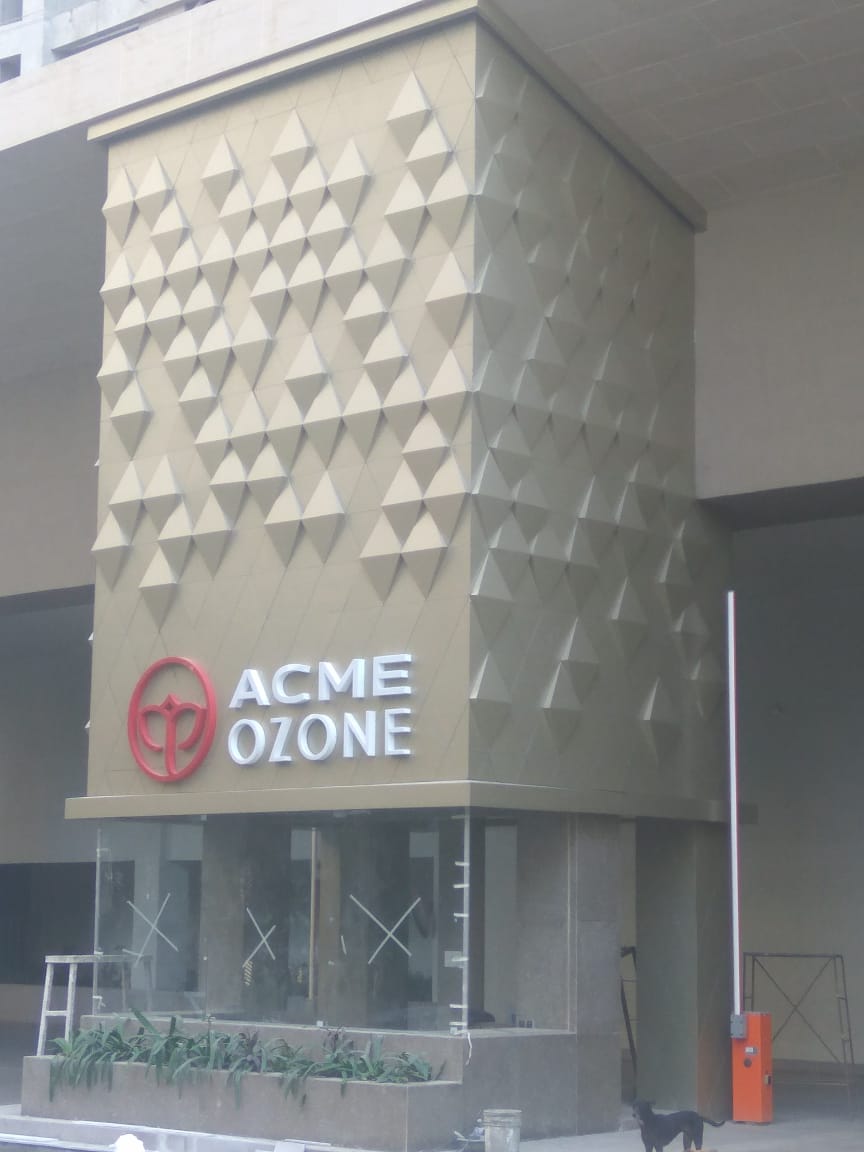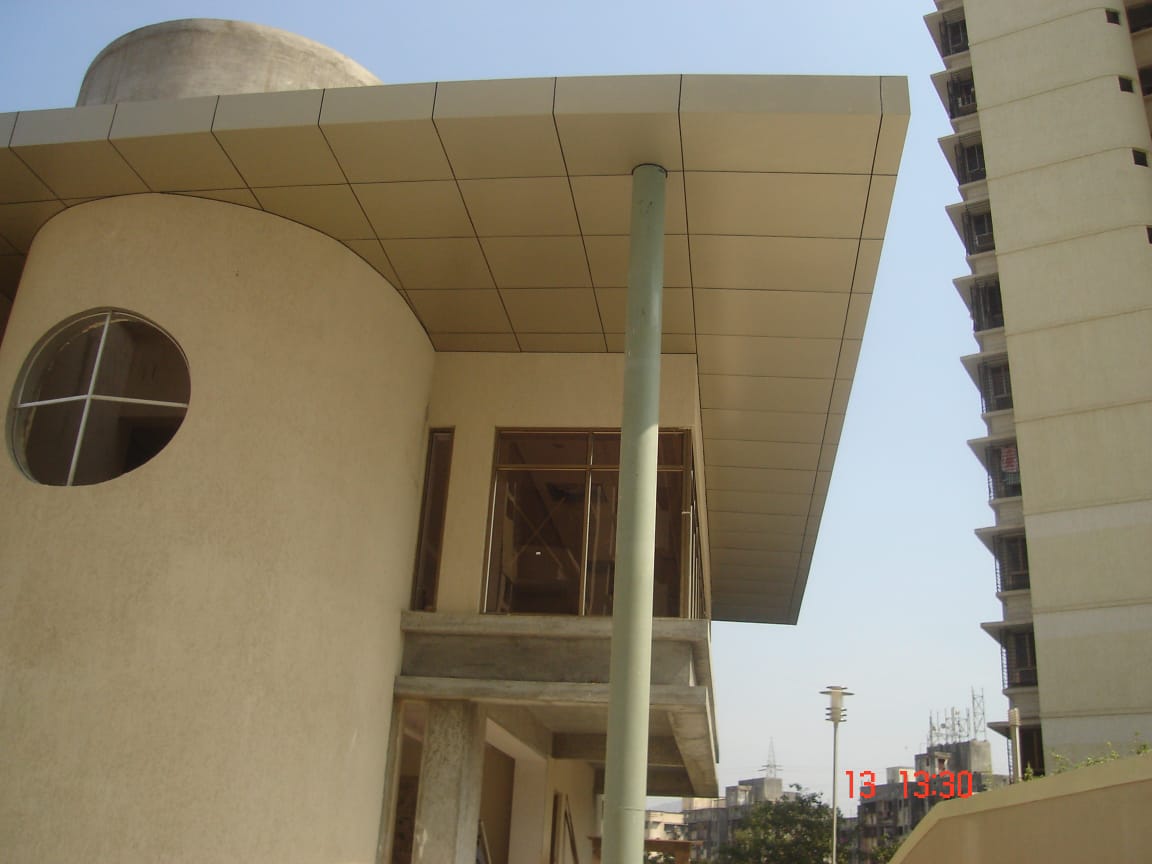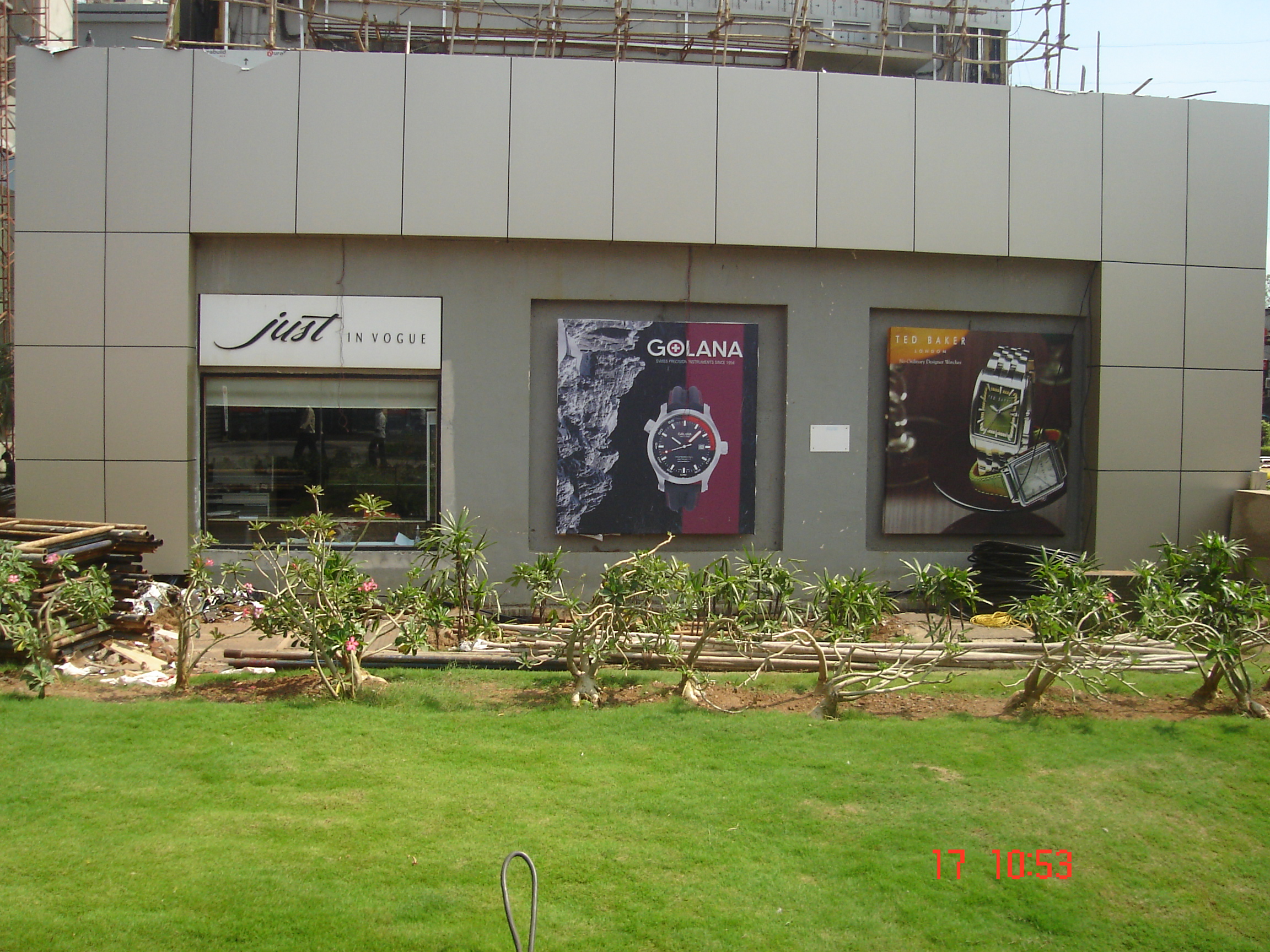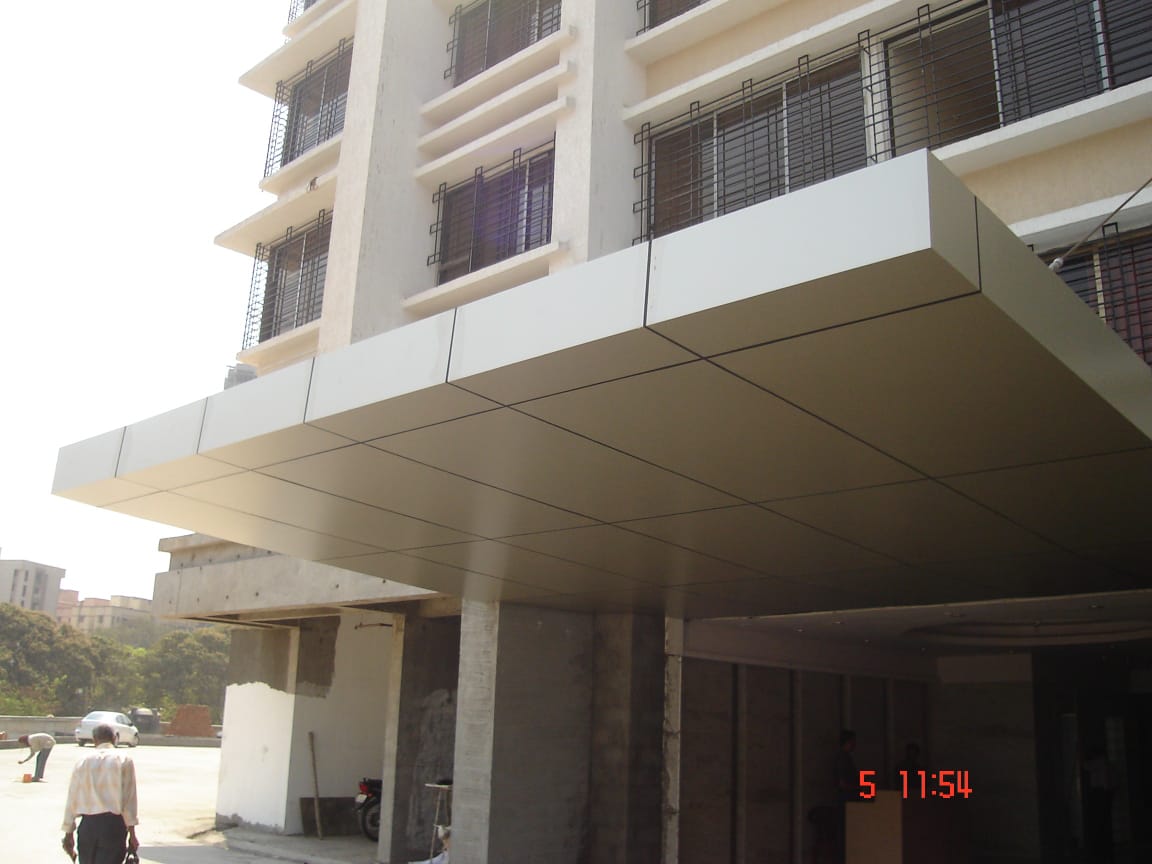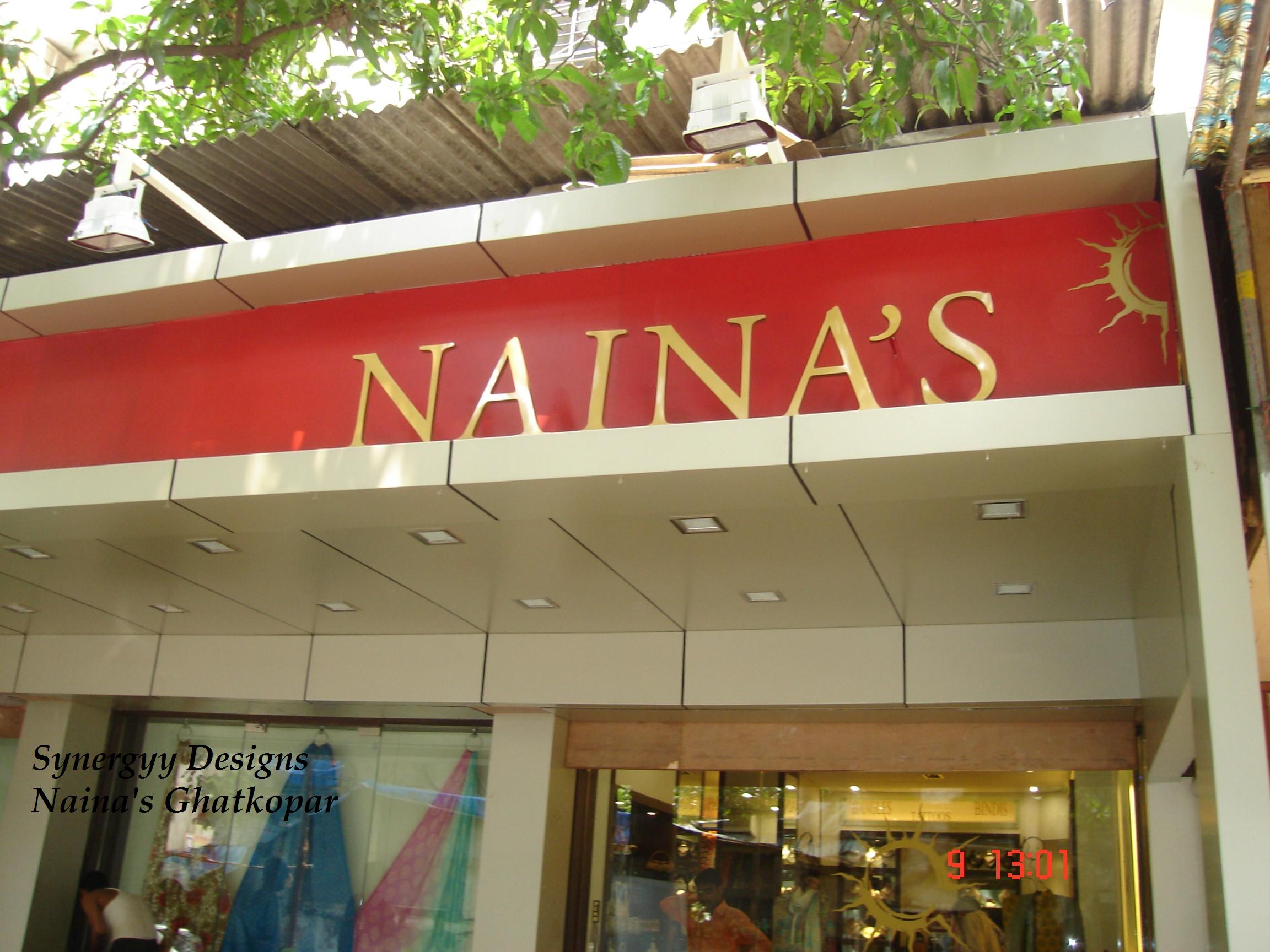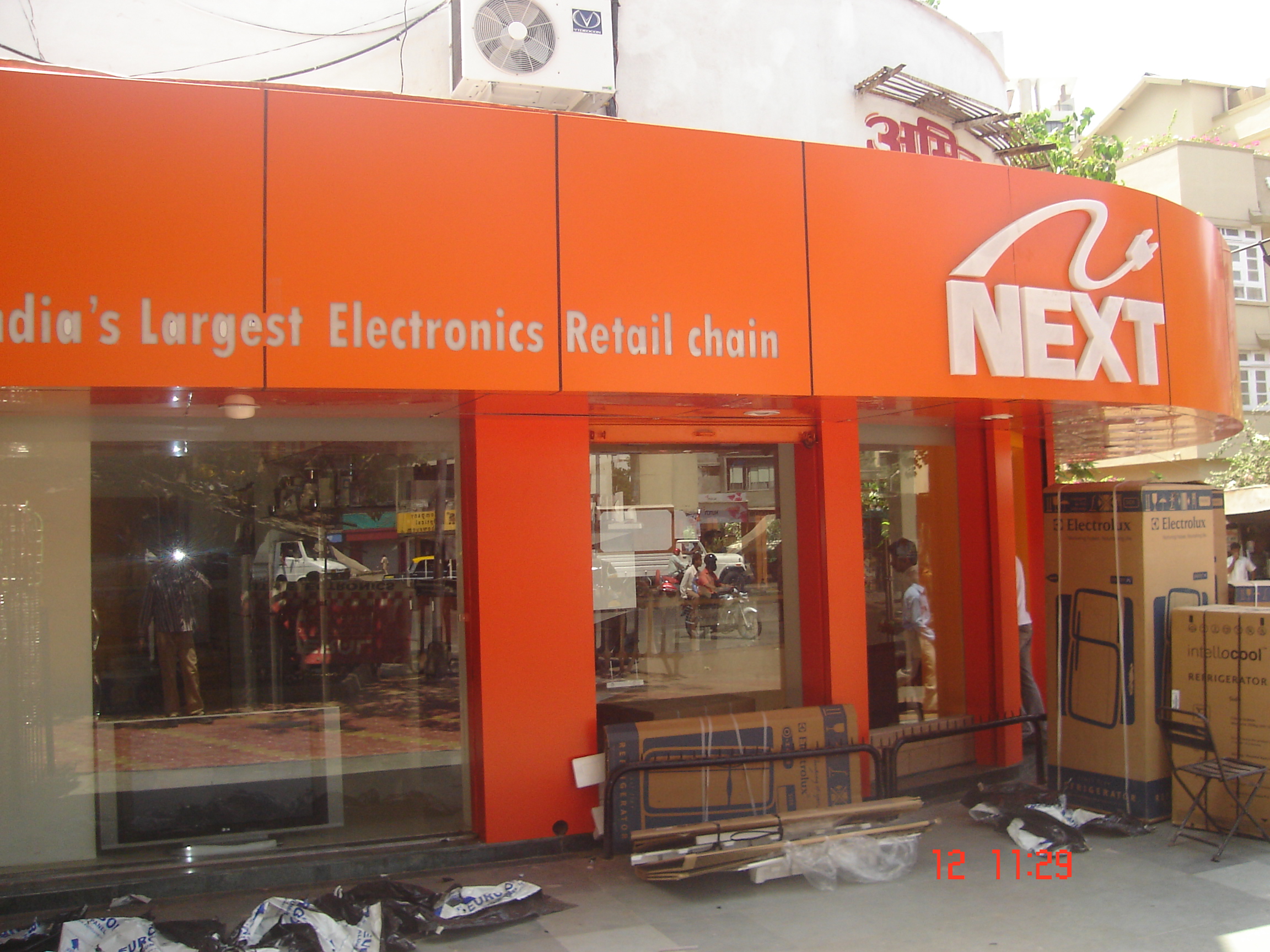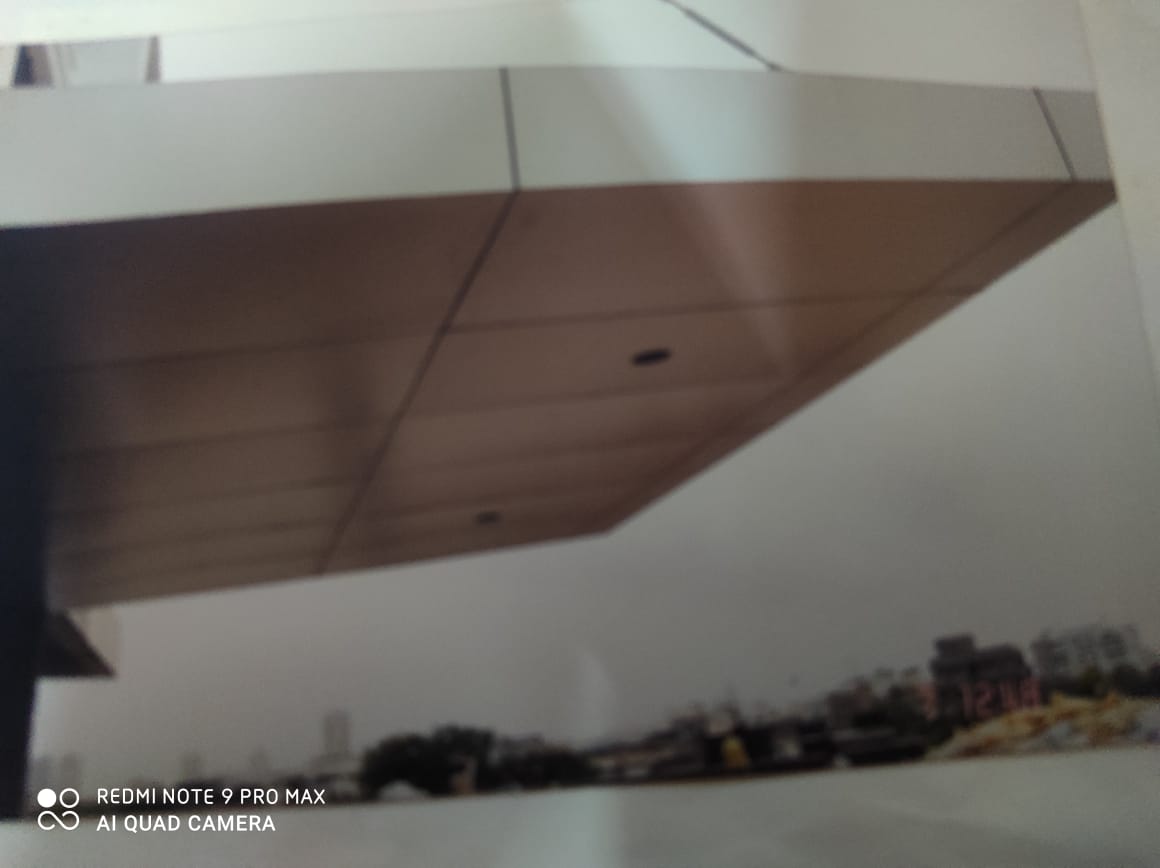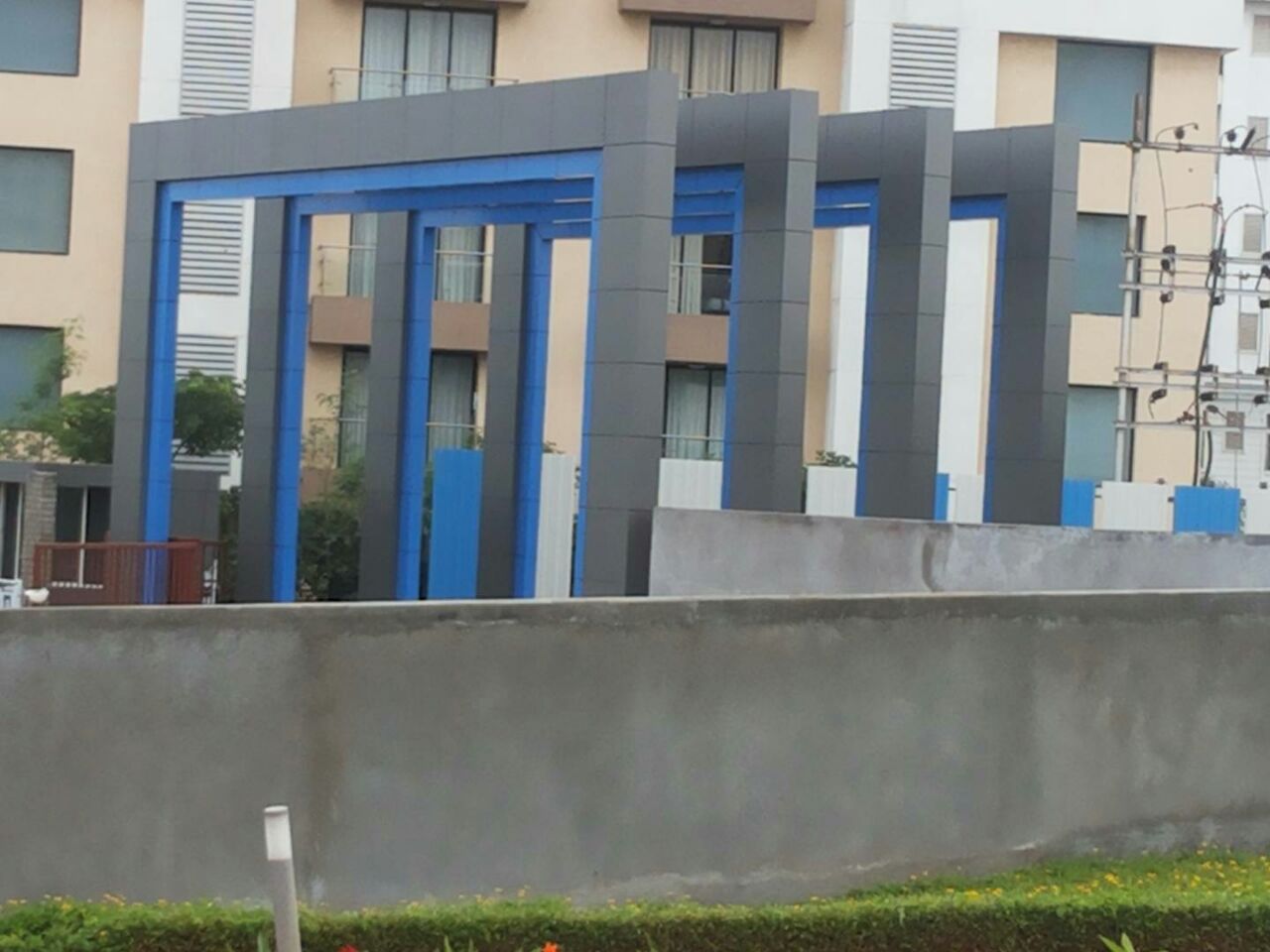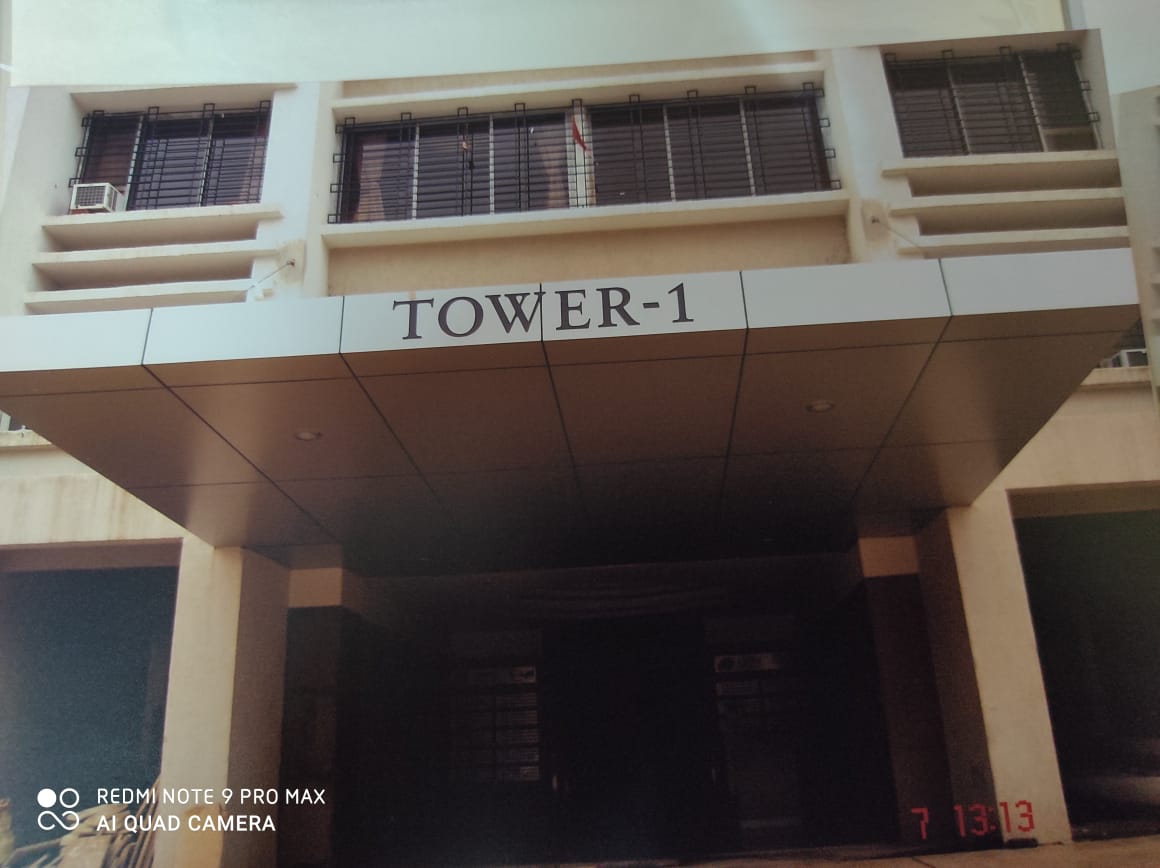ACP CLADING
Aluminum Composite Panels (ACP): Construction and Benefits
Aluminum Composite Panels consist of two sheets of aluminum that are bonded to a non-aluminum core, forming a lightweight and durable building material. The infill layer is often made from polyethylene, while the exterior layer can be coated with PVDF (Polyvinylidene Fluoride), enhancing durability and aesthetics.
Key Characteristics of Aluminum Composite Panels:
- Lightweight and Durable: ACP is an ideal choice for exterior building cladding and signage. Its rigidity and elegant appearance complement modern architectural designs, particularly when paired with glass curtain wall systems.
- Weather Resistant: These panels are designed to withstand various weather conditions without fading, ensuring long-lasting beauty even under direct sunlight.
- Cost-Effective and Readily Available: ACP offers an economical solution for cladding projects and is easily accessible in the market. The installation process is straightforward, and the panels require minimal maintenance over time.
- Versatile Aesthetic Options: Available in a wide range of metallic and non-metallic colors, ACP can effectively imitate the appearance of natural materials such as wood and marble. This versatility contributes to ACP’s popularity as a leading cladding material.
- Enhanced Insulation Properties: Aluminum cladding provides excellent thermal insulation and sound reduction, contributing to a comfortable indoor environment.
- Fire Resistance: ACP panels are engineered to offer impressive fire resistance, making them a safe choice for various applications.
